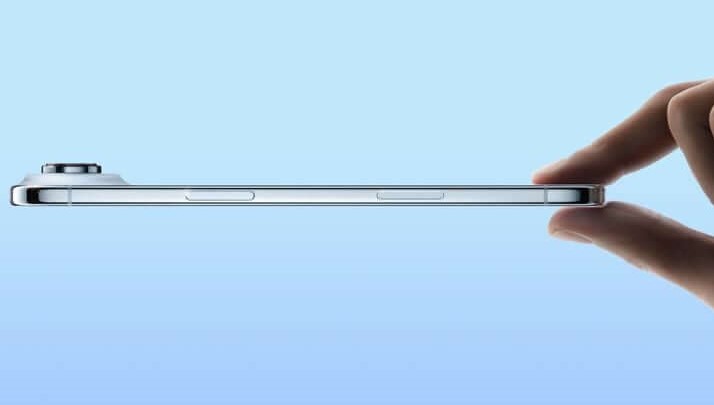Apple Faces Setback as iPhone Air Fails to Meet Expectations
2 min read
The iPhone Air, has reportedly failed to live up to the company’s expectations, forcing Apple and its suppliers to scale back production significantly.
According to renowned Apple analyst Ming-Chi Kuo, the demand for the device has fallen well short of projections, prompting the company’s supply chain to reduce shipments and capacity by over 80% between now and the first quarter of 2026.
Some component suppliers are even expected to discontinue parts with longer lead times by the end of 2025.
Kuo’s analysis suggests that the iPhone Air’s lackluster performance is largely due to Apple’s existing models — the iPhone 17 and iPhone 17 Pro — which already satisfy the majority of high-end user demand.
This overlap, he argues, leaves little space for a new model that doesn’t offer a distinctive value proposition.
Several market reports support Kuo’s findings. Japan’s Mizuho Securities recently indicated that Apple has decided to cut iPhone Air production by around one million units due to weak consumer interest.
Meanwhile, a separate report from Nikkei described the device’s market response as “virtually nonexistent,” noting that Apple would “drastically” reduce its production output.
Apple’s challenges with the iPhone Air mirror a broader struggle the company has faced in maintaining a successful fourth model within its iPhone lineup.
The company previously experimented with the iPhone mini, which failed to gain traction due to limited demand for smaller screens, and later with the iPhone Plus, which was designed as a more affordable large-screen option but also underperformed.
The iPhone Air, with its ultra-thin 5.6mm design, was Apple’s attempt to appeal to users seeking a lightweight and sleek device — but the compromise on battery size and advanced features appears to have deterred buyers.
Interestingly, Apple’s rival Samsung is also experiencing a similar trend. Reports indicate that Samsung’s Galaxy S25 Edge — another ultra-thin smartphone — has received a lukewarm response, leading the company to halt plans for a successor.
Looking ahead, Apple may shift its focus to more innovative form factors. Industry insiders and leaks suggest that the company could unveil its first foldable iPhone as part of the iPhone 18 lineup in 2026, potentially marking the start of a new chapter in Apple’s smartphone evolution.
At present, however, the failure of the iPhone Air underscores the risks of innovation in an already saturated market — where even the world’s most valuable tech company struggles to predict what consumers truly want.




